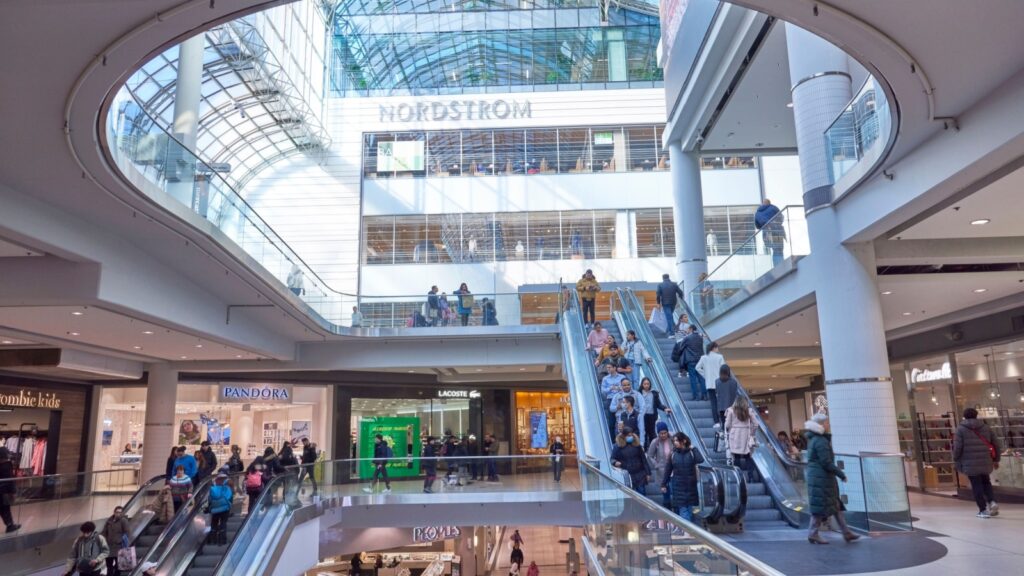Canadian businesses have long faced waves of economic change, technological disruption, and shifting consumer habits. Some once dominated malls, main streets, and media headlines, while others quietly disappeared after decades of loyal service. Whether lost to foreign competition, digital revolutions, or poor management, each closure left behind memories and lessons. Here are 24 Canadian businesses that couldn’t survive the times.
Eaton’s
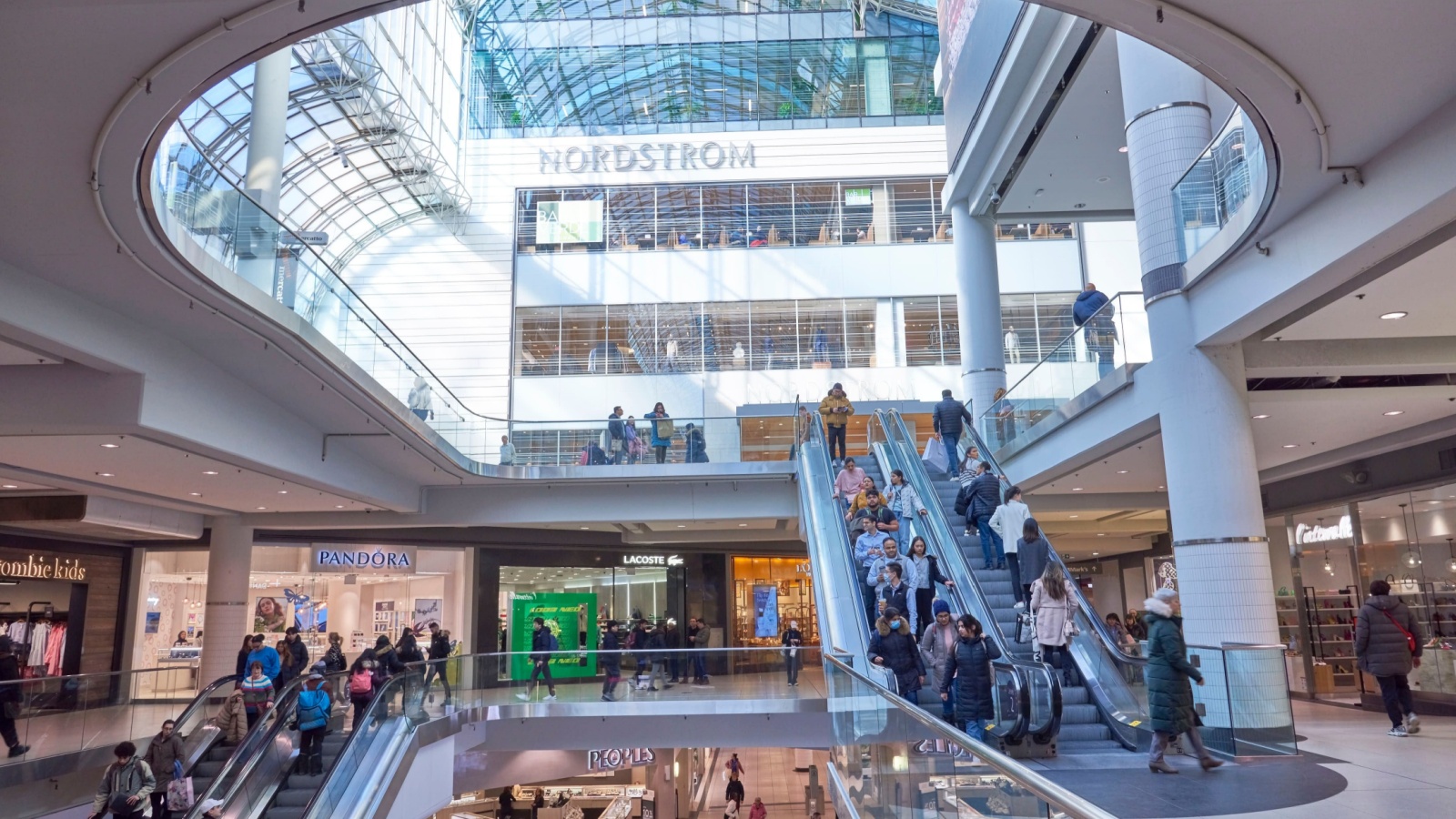
Founded in 1869, Eaton’s was once the crown jewel of Canadian retail, known for its catalogues, service, and holiday displays. For decades, it defined the shopping experience and became a symbol of prosperity. Yet by the 1990s, competition from discount stores and poor modernization efforts drained its power. Attempts to revive the brand with upscale strategies failed, and in 1999, the company filed for bankruptcy. Its downtown department stores closed, leaving behind empty buildings and nostalgic shoppers. Eaton’s downfall marked the end of an era when homegrown department stores ruled Canadian cities and family names carried retail weight.
Zellers
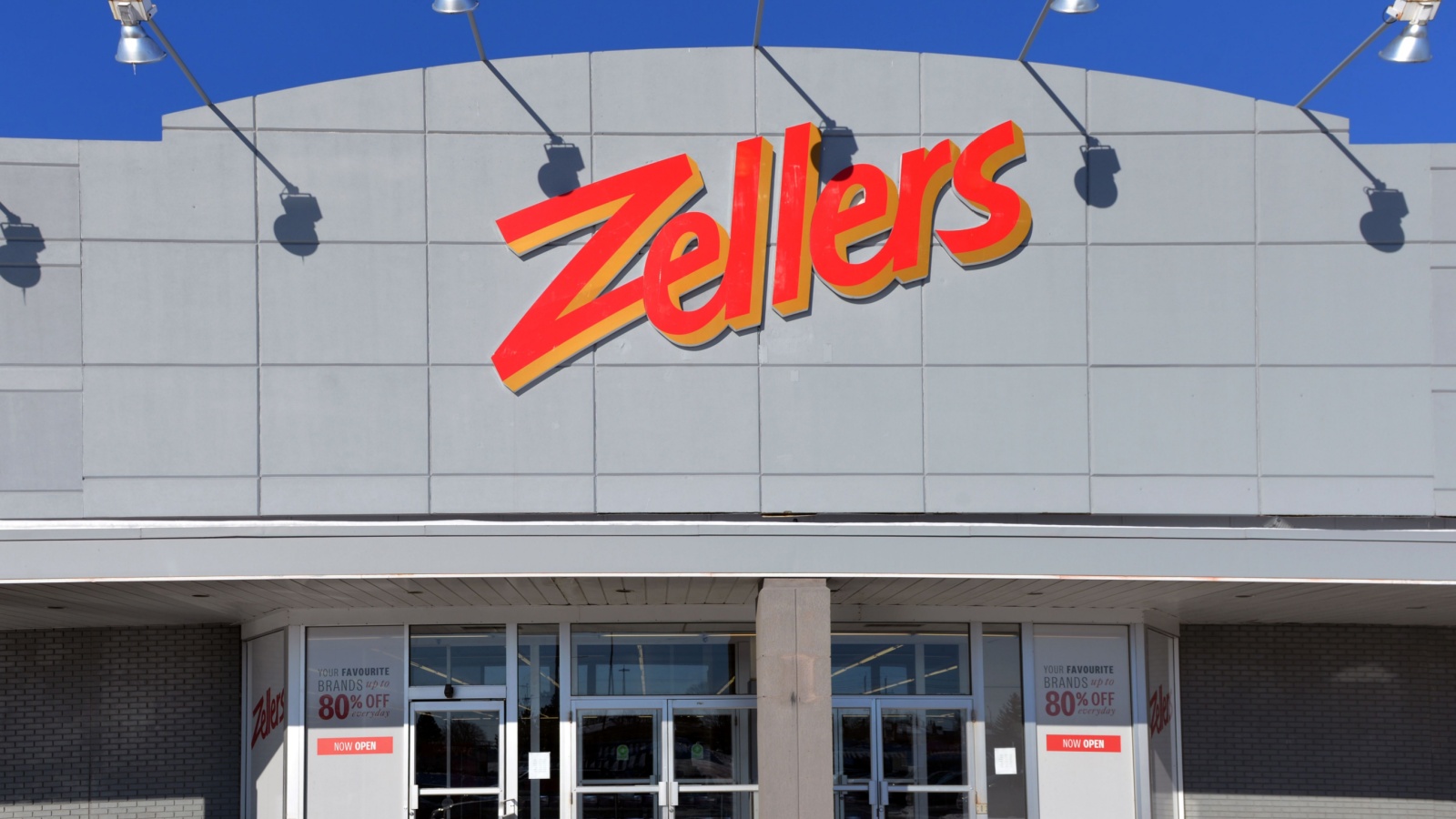
Zellers built a loyal following from the 1930s with its slogan, “Where the lowest price is the law.” It offered affordable shopping for families, bridging the gap between luxury stores and bargain outlets. But by the early 2000s, Walmart’s expansion and online retail competition overwhelmed it. Hudson’s Bay Company, which owned Zellers, couldn’t modernize the stores fast enough. In 2013, most locations were sold to Target, which later failed as well. Pop-up Zellers shops returned briefly inside Hudson’s Bay in 2023, but only as nostalgia pieces. Its story symbolizes how mid-range retail lost footing in the modern market.
Target Canada
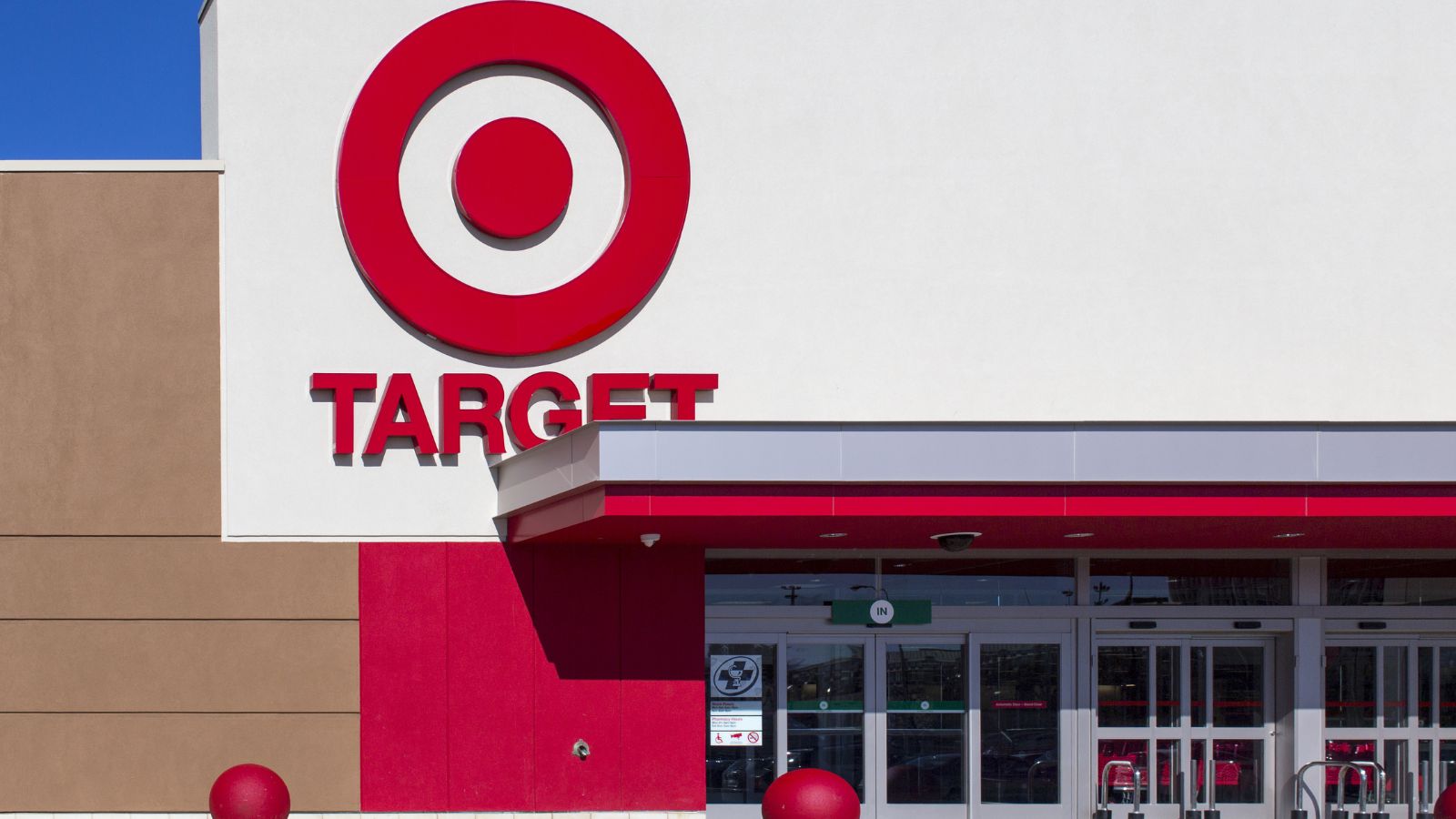
Target’s entry into Canada in 2013 was one of the most highly anticipated retail launches in decades. Consumers expected the same quality, pricing, and stock as its American stores. Instead, shoppers found empty shelves, higher prices, and logistical chaos. Within two years, the company closed all 133 stores, losing billions in the process. Target underestimated supply challenges and overestimated its brand appeal north of the border. Its rapid failure became a business school case study, highlighting the risks of expanding too fast without adapting to local markets. The red bullseye’s collapse remains one of retail’s most infamous missteps.
Future Shop
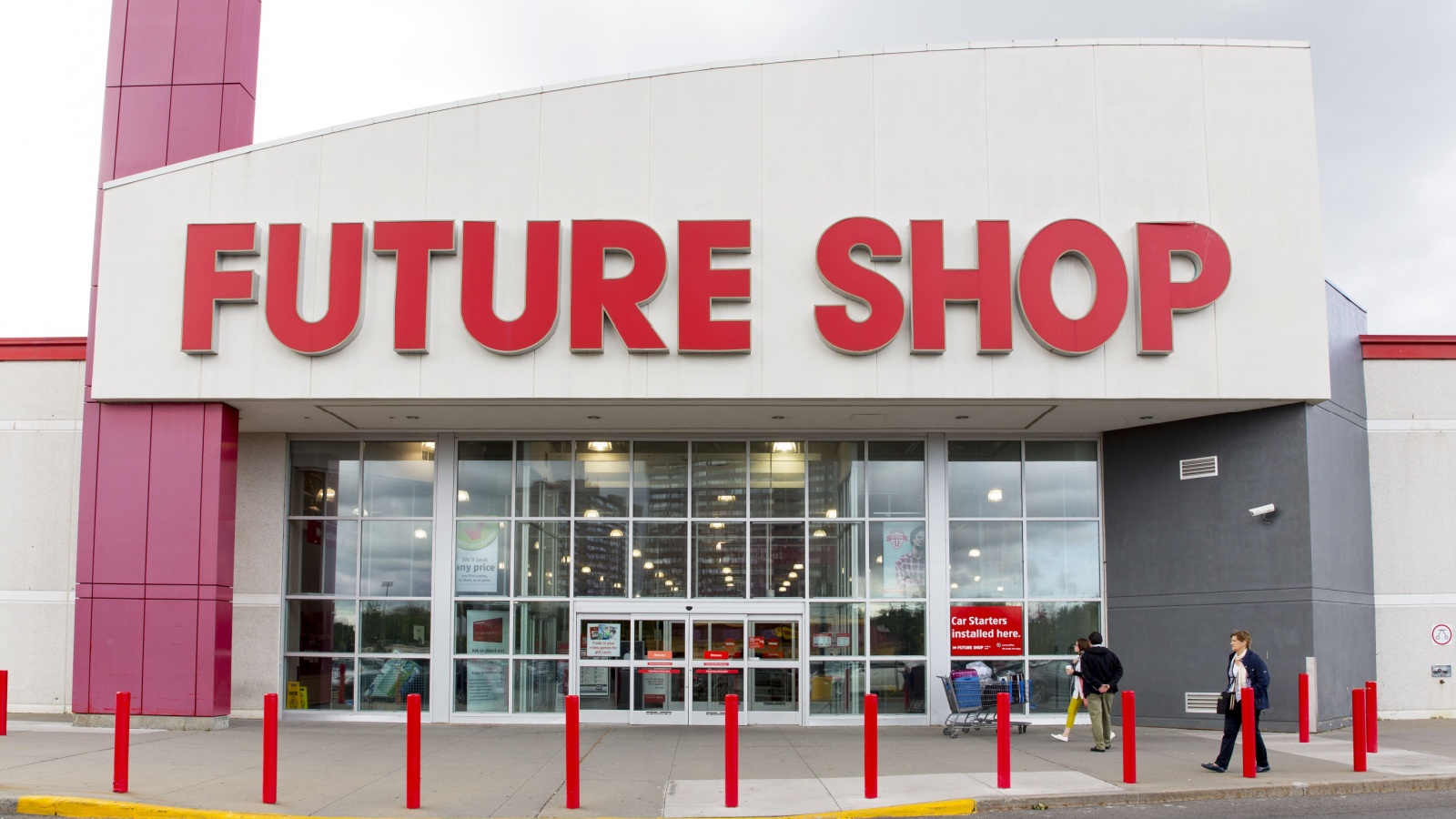
Founded in 1982, Future Shop grew into Canada’s largest electronics retailer, known for its vast showrooms and knowledgeable staff. Best Buy acquired it in 2001, initially operating both brands side by side. However, as online sales increased and stores overlapped, Best Buy decided to phase out Future Shop in 2015. Some stores were rebranded, others closed entirely. The end of Future Shop represented the merging of two retail giants under one global brand. For many, its closure symbolized the decline of specialized electronics chains and the beginning of e-commerce dominance in Canada’s once hardware-heavy shopping landscape.
Sears Canada
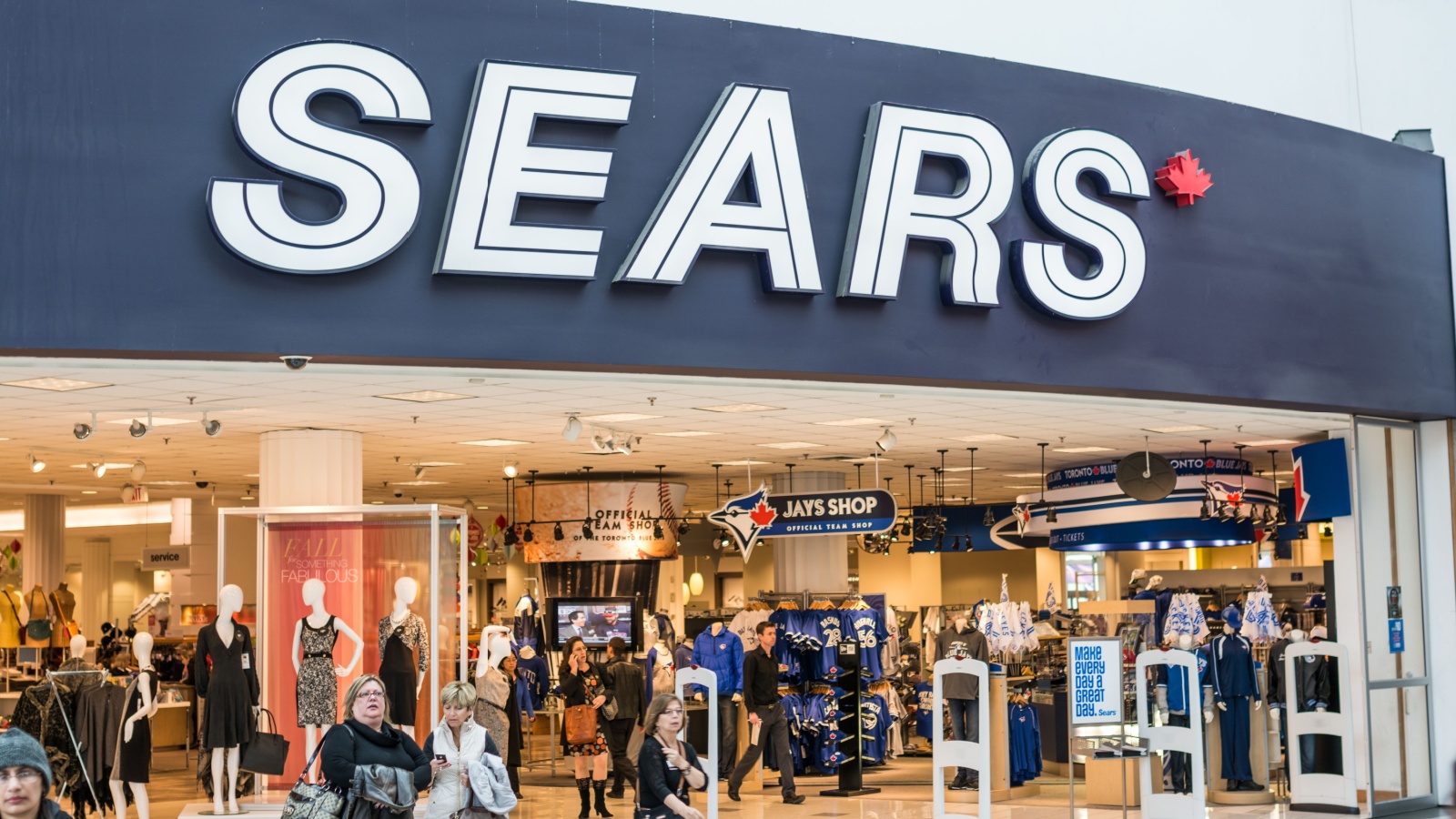
For decades, Sears was a trusted name for appliances, fashion, and tools. It once embodied reliability, offering products through both massive stores and mail-order catalogs. But changing consumer habits, digital competition, and mismanagement pushed the brand into decline. Stores became outdated, and marketing failed to attract younger shoppers. Despite restructuring efforts, Sears Canada declared bankruptcy in 2017, closing all locations. Its liquidation sales drew large crowds, but couldn’t mask the brand’s fall from grace. The closure marked the end of an institution that once served nearly every Canadian household, now replaced by faster, online-driven alternatives.
Nortel Networks

Nortel Networks was once Canada’s most valuable company and a global telecom leader. It pioneered innovations in internet infrastructure and employed tens of thousands. But the early 2000s tech bubble burst, and accounting scandals rocked investor confidence. By 2009, after years of financial losses, Nortel filed for bankruptcy. Its patents were later sold to major tech firms like Apple and Microsoft. The company’s fall shattered retirement funds and erased a national symbol of technological pride. Nortel’s story remains one of Canada’s most dramatic corporate collapses, serving as a warning about rapid growth without stable financial governance.
Black’s Photography
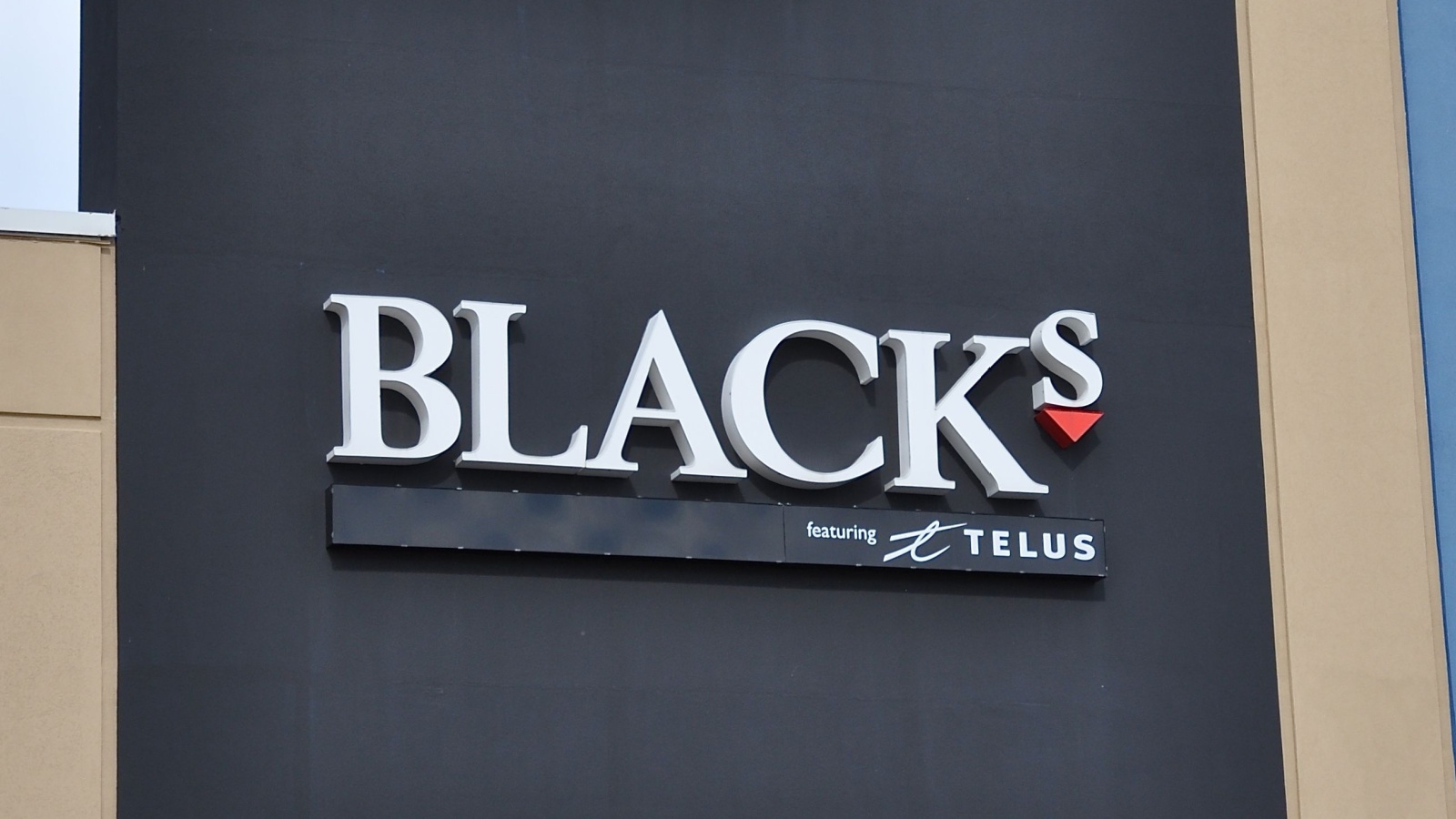
Founded in 1930, Black’s Photography was once the go-to store for developing photos, buying cameras, and printing memories. As digital photography replaced film, the brand tried to adapt but struggled against smartphones and online printing services. Parent company Telus rebranded it with a modern look in 2014, yet by 2015, all 59 stores were shut down. An online-only revival later emerged but never reached its old popularity. Black’s closure reflected how quickly technology can make an entire business model obsolete, even one that had been part of countless family photo albums for generations.
BiWay Stores
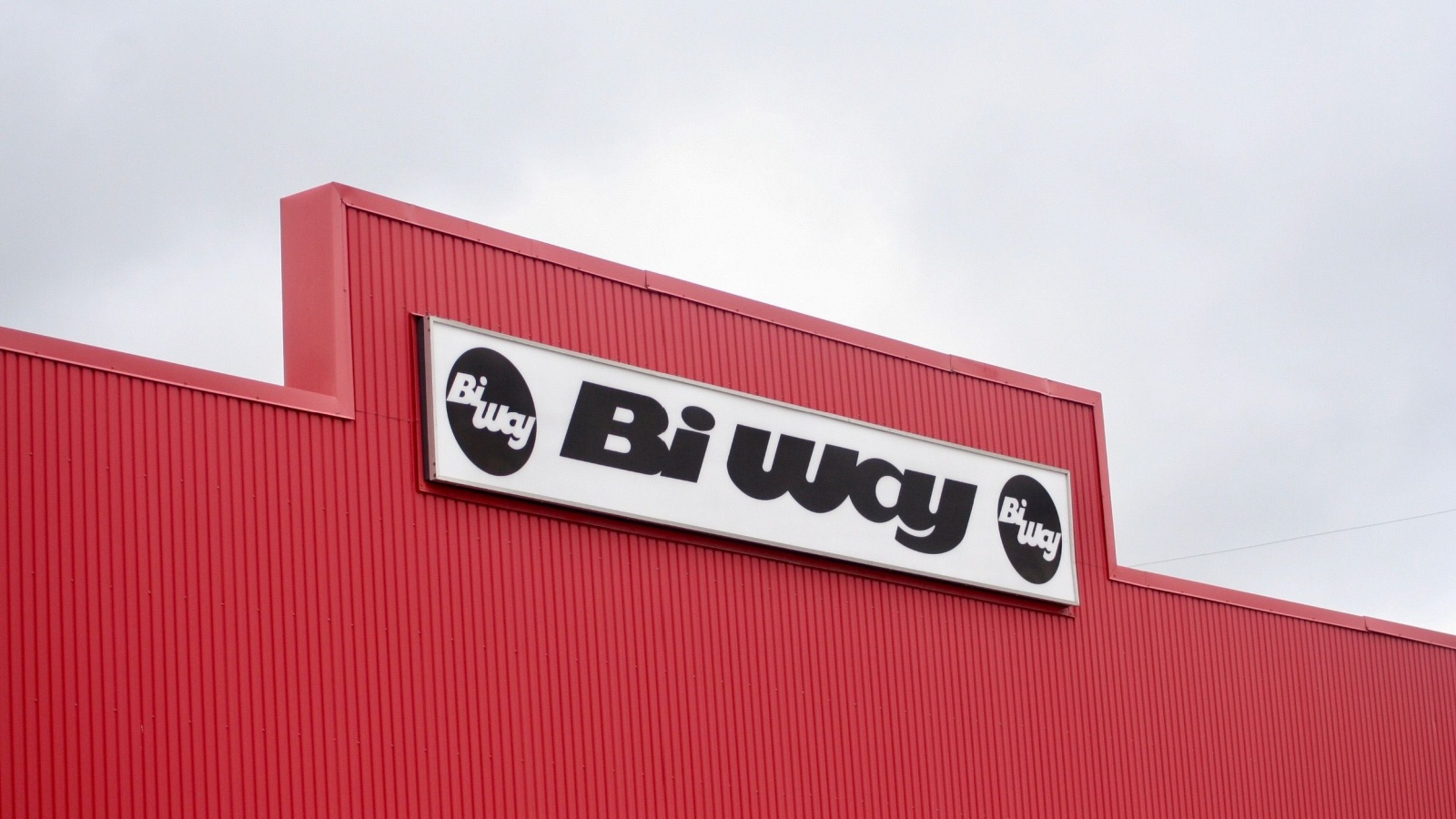
BiWay thrived throughout the 1980s and 1990s, offering no-frills shopping for everyday essentials. Its aisles were filled with affordable basics for working-class families. Yet as big-box retailers like Walmart and Costco entered the market, BiWay’s model lost its appeal. Unable to match pricing, logistics, or marketing power, the company filed for bankruptcy in 2001. Founder Mal Coven later tried to revive the brand as “BiWay $10 Stores,” but the project failed to expand meaningfully. The original BiWay remains a nostalgic memory of simpler shopping times before retail became dominated by international chains and complex supply systems.
Sam the Record Man

Sam Sniderman’s record shop, founded in 1937, became a cultural landmark for Canadian music lovers. Its flagship store on Toronto’s Yonge Street was instantly recognizable with neon spinning discs. Musicians and fans alike treated it as a pilgrimage site. However, with the rise of digital downloads and streaming, physical music retail declined sharply. In 2007, Sam the Record Man closed its doors for good. The iconic sign was preserved as a heritage symbol near Ryerson University. Its end marked not only a business closure but also the passing of a musical era defined by physical connection to art.
Blockbuster Canada

Blockbuster was once the centerpiece of weekend entertainment, with families crowding aisles for DVDs and popcorn. At its peak, it operated hundreds of stores nationwide. But streaming services like Netflix and YouTube changed viewing habits, rendering rentals obsolete. Late fees and physical returns suddenly felt outdated. By 2011, Blockbuster Canada had closed all locations. The company’s downfall reflected how the digital age can transform entire industries almost overnight. For many Canadians, its closure ended an era of movie nights spent browsing shelves, a nostalgic reminder of slower, simpler choices before instant streaming convenience.
Jacob

Jacob, founded in Montreal in 1977, was known for chic, professional women’s clothing and locally made designs. It became a staple in malls across the country. Yet fast-fashion giants like H&M and Zara entered the market, offering cheaper, trendier options. Jacob’s domestic manufacturing couldn’t compete with low-cost international production. Despite efforts to rebrand and adjust prices, the company declared bankruptcy in 2014. An online revival followed briefly but didn’t last. Jacob’s fall revealed the challenges of balancing Canadian craftsmanship with globalized fashion economies increasingly defined by speed, volume, and constant trend turnover.
Payless ShoeSource

Payless offered affordable footwear for families across Canada, with hundreds of convenient mall and plaza locations. However, competition from online retailers and fast-fashion stores eroded its appeal. Inventory issues and outdated designs failed to attract younger consumers. The chain filed for bankruptcy in 2019, shutting all Canadian stores. Despite its strong recognition and value pricing, Payless couldn’t adapt to a digital-first retail world. Its exit left many smaller communities without a budget-friendly footwear option and served as a cautionary tale about ignoring e-commerce trends in a rapidly evolving marketplace.
RadioShack Canada
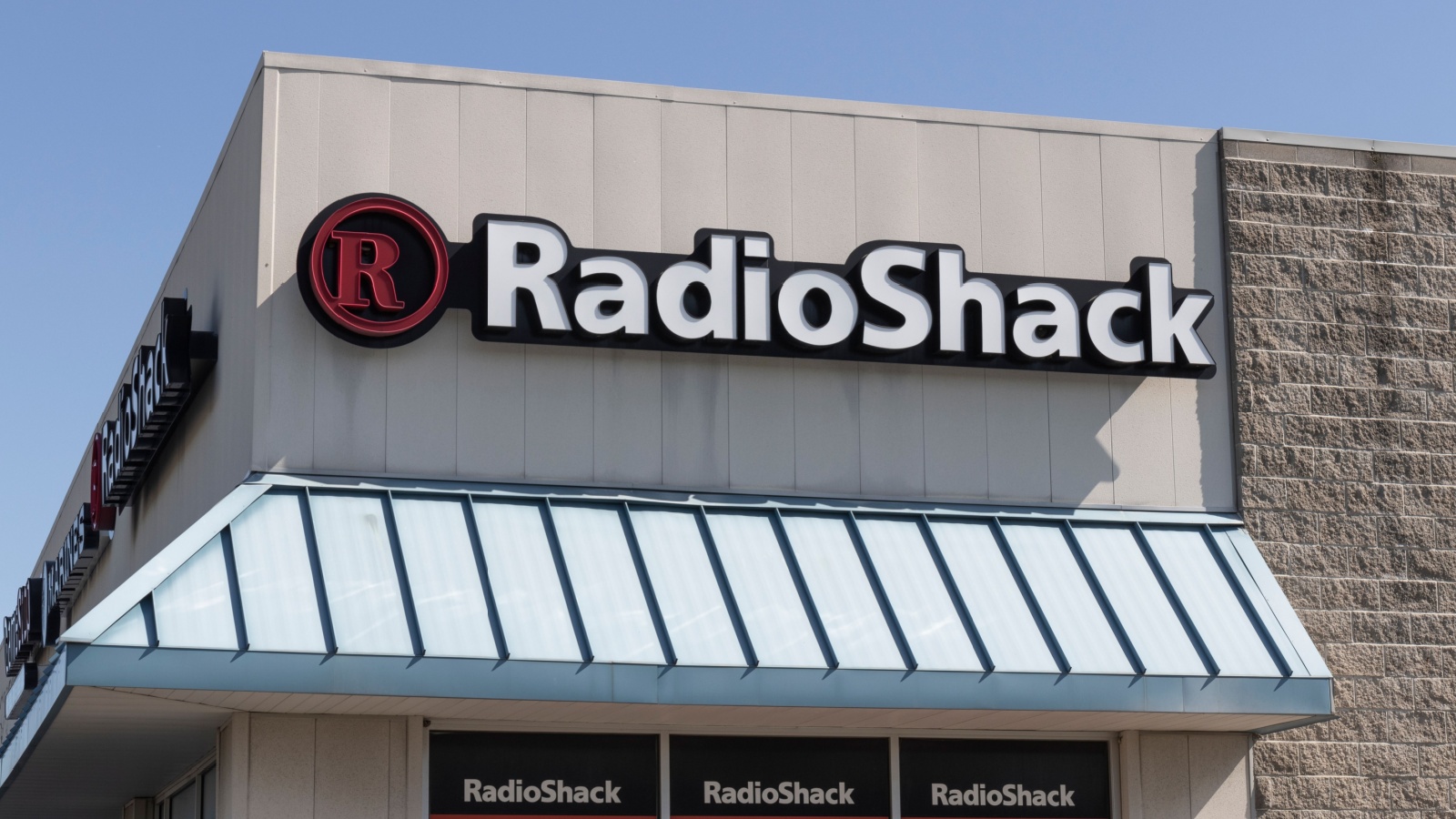
For decades, RadioShack was a paradise for tech enthusiasts, offering parts, batteries, and electronics advice. The brand’s hands-on approach made it unique in the pre-Internet era. But as online shopping grew, customers found cheaper gadgets with a click. In 2005, the chain rebranded as “The Source by Circuit City,” hoping to stay relevant. It failed to capture its old magic and later became part of Bell. The end of RadioShack represented the loss of a specialized retail experience replaced by corporate uniformity, marking another victim of the shift from physical expertise to digital convenience.
Bowring
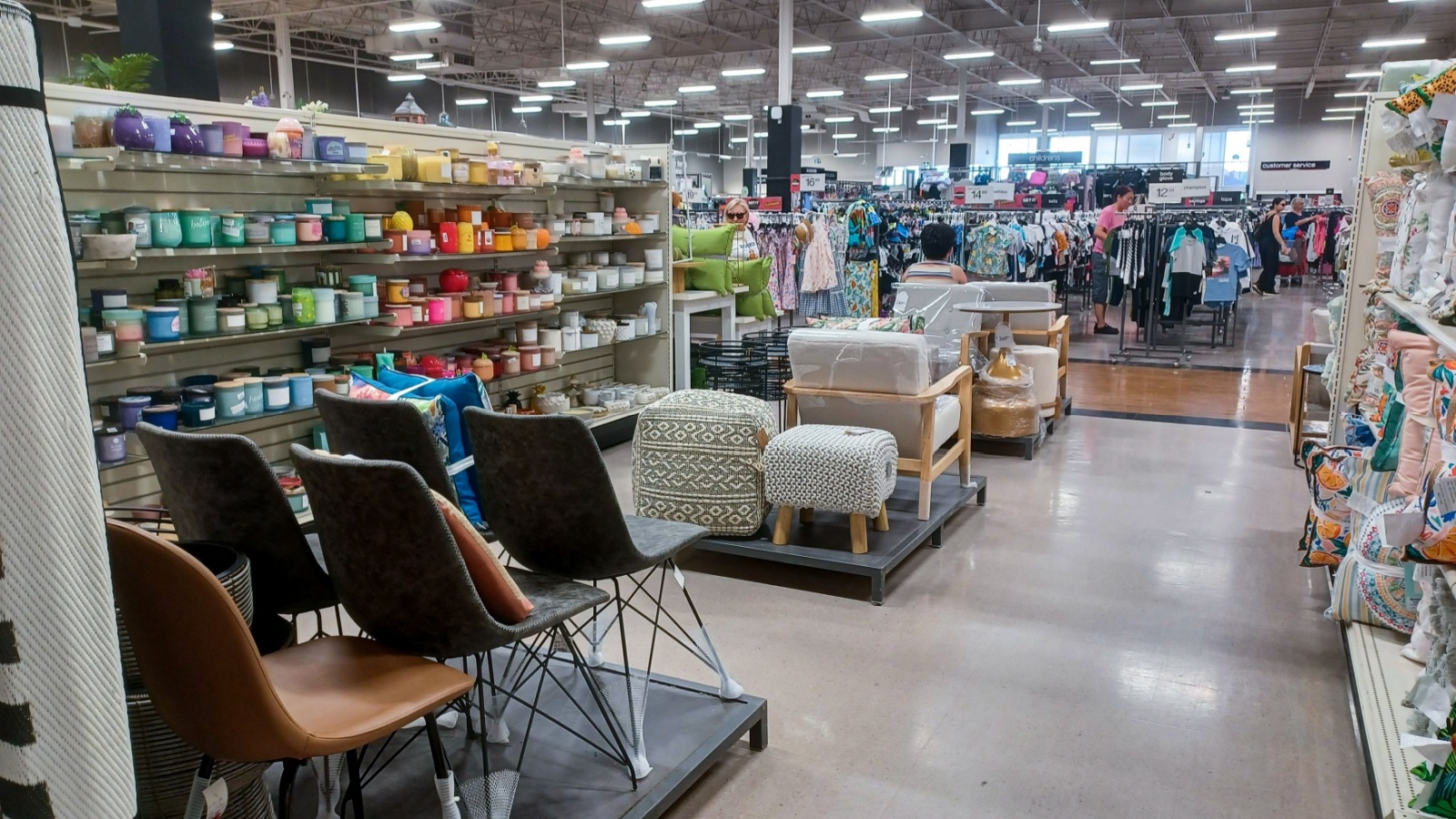
Founded in 1811, Bowring was among Canada’s oldest retail names, specializing in fine housewares and décor. Its stores offered timeless tableware and home gifts for generations. Yet changing home design trends and heavy competition from big-box retailers eroded its niche. Even after restructuring, Bowring couldn’t recover and filed for bankruptcy in 2019. Its closure, alongside sister company Bombay, marked the end of elegant specialty retailers that once defined mall sophistication. The Bowring brand faded quietly but left a legacy of refinement in Canadian homes for over two centuries.
Bombay Company
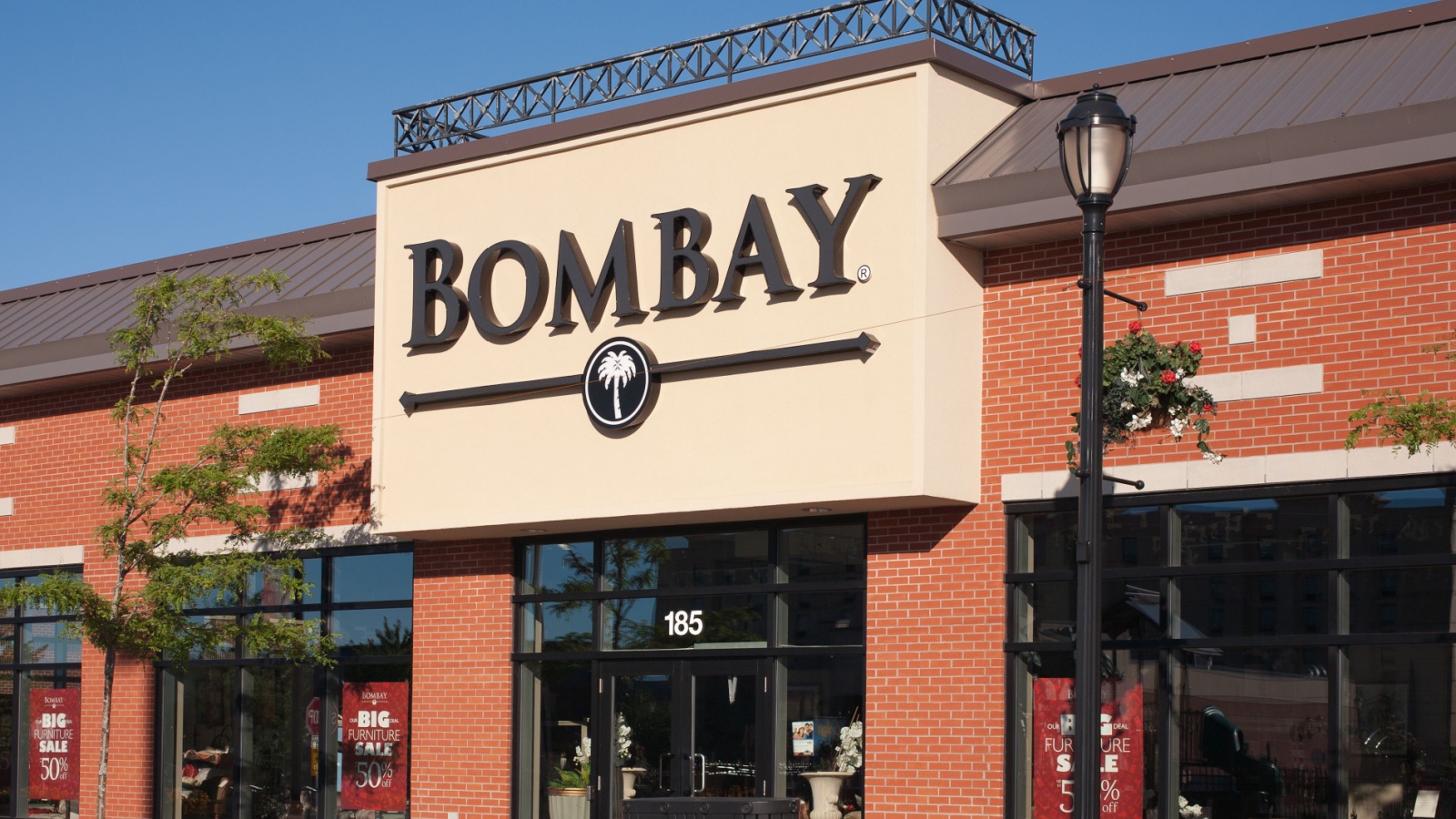
Bombay Company became known for its elegant furniture inspired by colonial design, attracting customers who loved traditional décor. Once a mall staple, it began losing traction as tastes shifted toward minimalism and Scandinavian styles. The brand’s reliance on mall foot traffic and formal furniture trends made adaptation difficult. By 2019, it closed alongside Bowring after years of declining sales. Bombay’s closure reflected how quickly home décor preferences can evolve and how legacy brands often struggle to modernize without losing their identity in a fast-moving retail landscape.
Krispy Kreme Canada
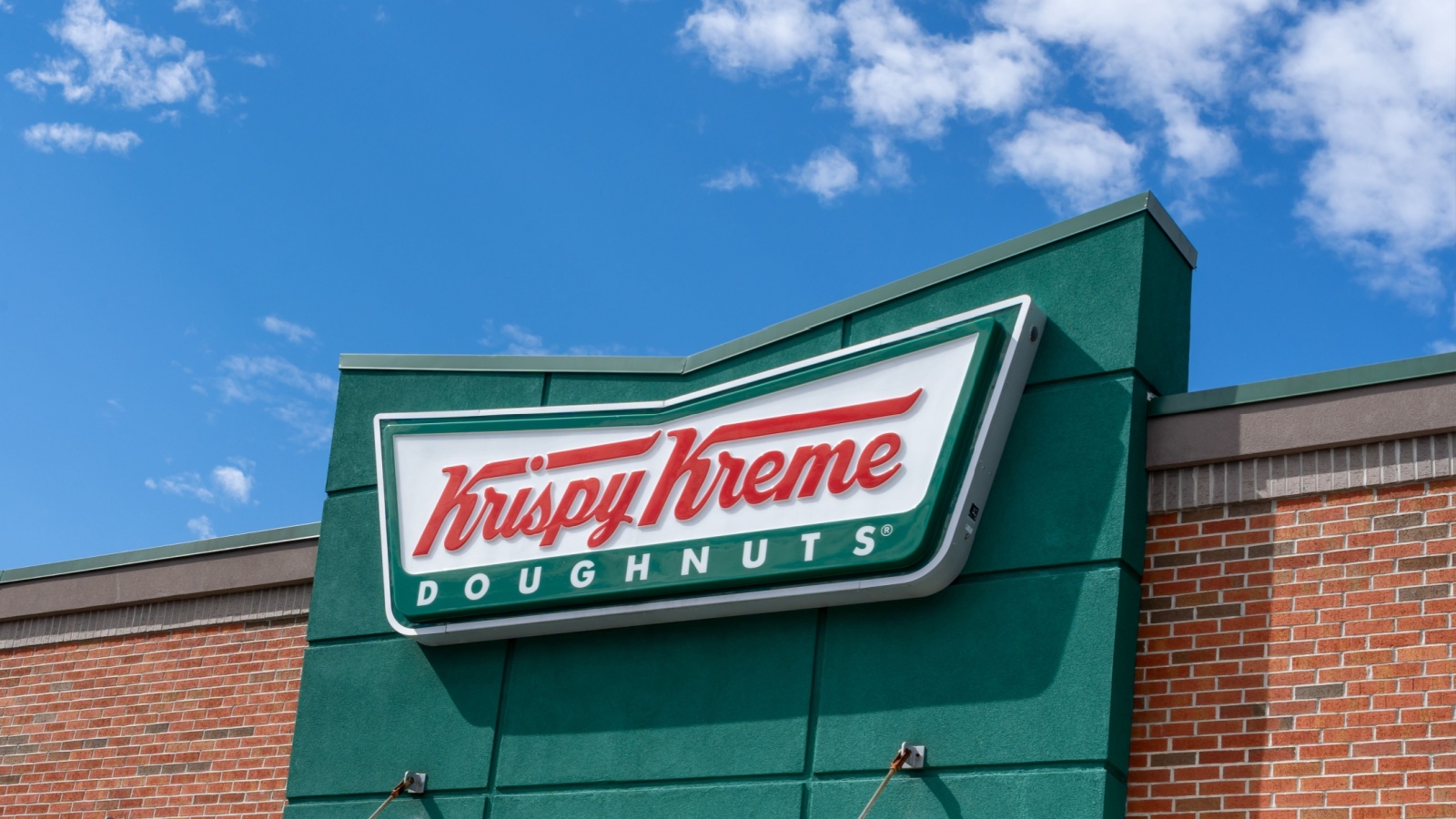
When Krispy Kreme entered Canada in 2001, crowds lined up for its glazed doughnuts. For a brief moment, it was a cultural phenomenon. But expansion was too rapid, and competition from Tim Hortons was underestimated. Supply issues and declining novelty led to major losses, forcing bankruptcy in 2005. A handful of franchises survived, but the brand never reached its initial success. Krispy Kreme’s story serves as a reminder that brand excitement cannot replace sustainable strategy, especially in a market already loyal to an established national icon like Tim Hortons.
Grand & Toy
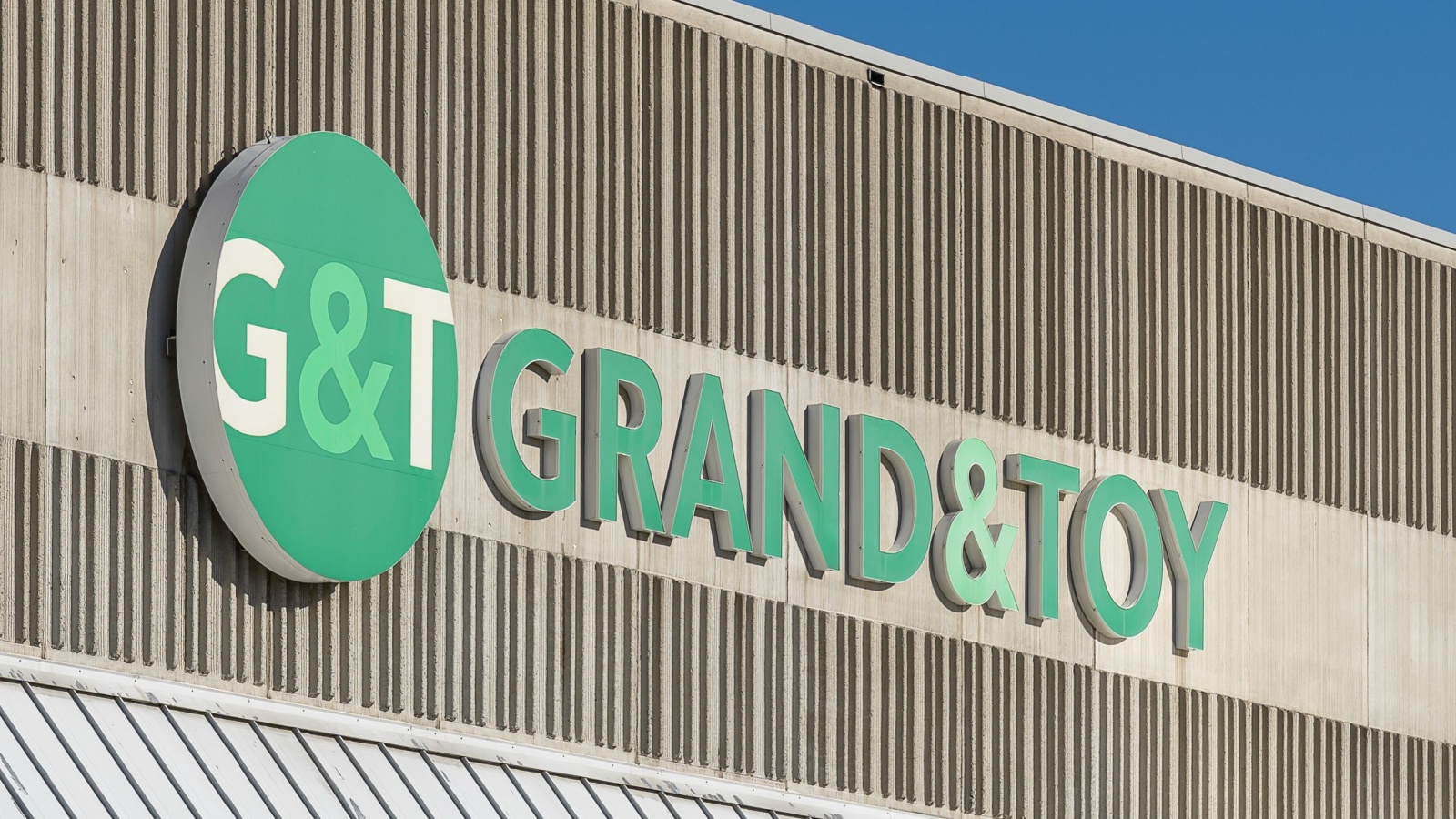
Established in 1882, Grand & Toy once supplied offices and schools nationwide. It was known for its wide selection of stationery, furniture, and office tools. However, as workplaces digitized, demand for traditional supplies plummeted. The company closed all retail stores in 2014 and shifted entirely online. While the brand technically survives as a business-to-business supplier, its storefronts disappeared from urban centers. Grand & Toy’s transformation reflected the end of an era when office supply stores were essential destinations rather than nostalgic relics in a paperless world.
Rogers Video

Rogers Video, owned by Rogers Communications, offered Canadians an alternative to Blockbuster with strong brand recognition. It benefited from bundled promotions and loyal customers. Yet by the late 2000s, streaming and on-demand services eroded rental sales. The convenience of digital access rendered physical stores unnecessary. Rogers began shutting locations in 2011, completing closures by 2012. The end of Rogers Video demonstrated that even corporate backing couldn’t shield a company from technological disruption. It faded quietly as Canadians embraced subscription-based entertainment over DVD rentals and late-night browsing.
Honest Ed’s

Opened in 1948, Honest Ed’s was a Toronto landmark celebrated for its hand-painted signs and bargain pricing. Owned by entrepreneur Ed Mirvish, it embodied old-fashioned customer service and humor. However, rising real estate values and declining retail margins made operations unsustainable. In 2016, it closed permanently after nearly 70 years. The site was redeveloped into apartments and shops. Honest Ed’s represented more than a store; it was a community fixture that showed how urban change and economics can erase beloved local institutions in the name of modern development.
Le Château

Founded in Montreal in 1959, Le Château specialized in affordable, stylish party wear and work fashion. It became a fixture for young professionals and prom shoppers alike. Yet the rise of fast fashion and online retailers gradually ate into its market share. The COVID-19 pandemic further hurt sales, and in 2020, Le Château filed for bankruptcy, closing all stores. The brand later relaunched online under new ownership but remains a shadow of its former presence. Le Château’s fall highlighted how even fashion icons can collapse when digital agility arrives too late.
Swiss Chalet (Select Locations)

Swiss Chalet’s rotisserie chicken and signature sauce have made it a Canadian dining staple since 1954. However, in recent years, many locations have closed as eating habits shifted and delivery apps changed restaurant economics. Some franchises couldn’t sustain costs amid rising competition. While the brand continues nationally, its footprint has shrunk significantly. The closures reflect broader struggles among family-style chains trying to modernize menus, marketing, and service models for a younger, convenience-oriented dining generation.
Fairweather
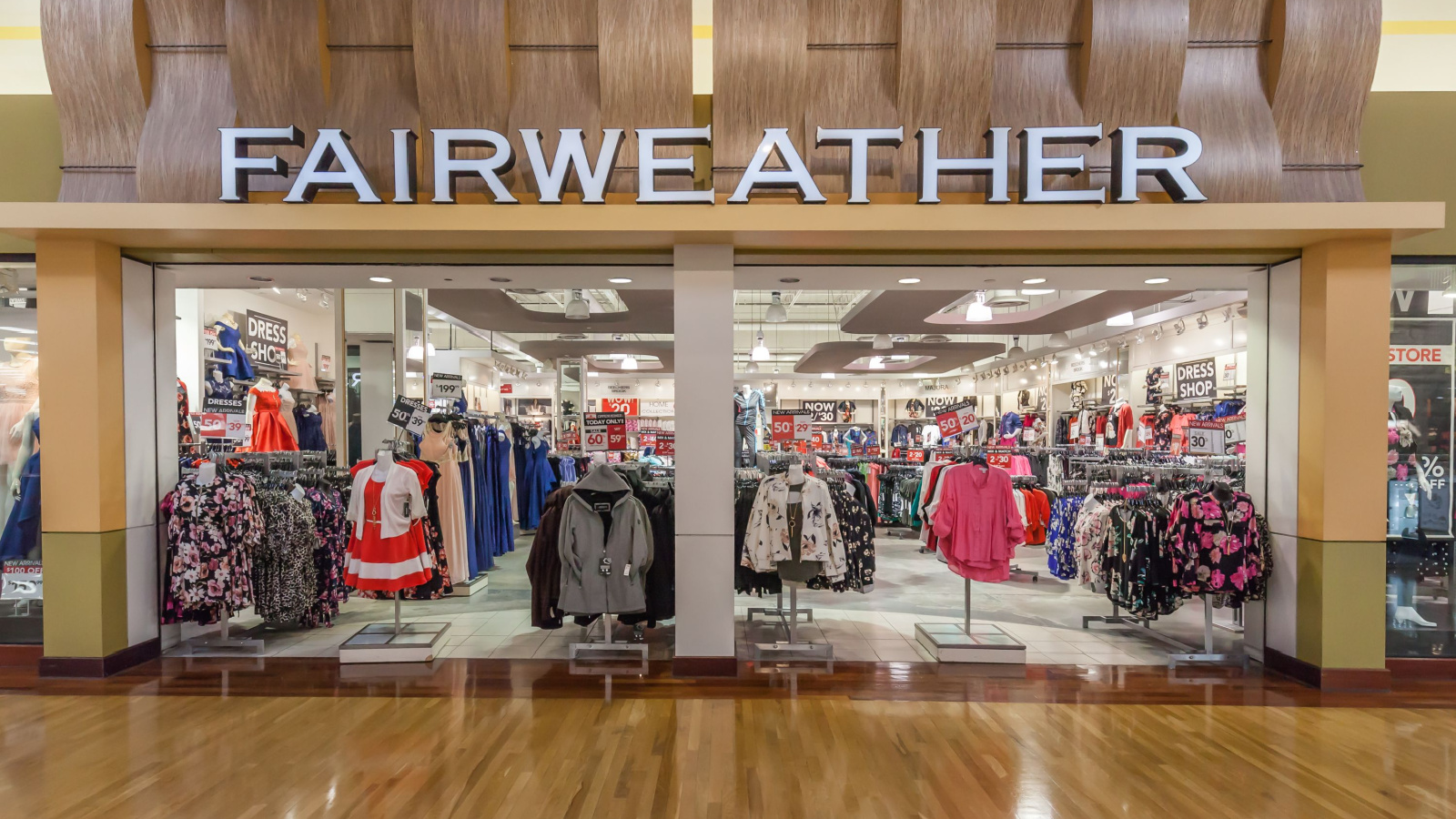
Founded in the 1860s, Fairweather grew into one of the country’s oldest fashion retailers, known for accessible business and formal wear. Its mid-range pricing once filled a vital market gap. Yet as mall traffic declined and international chains arrived, Fairweather struggled to compete. Multiple rounds of restructuring couldn’t stop its downsizing. Though the brand survives mostly online, its physical presence has nearly disappeared. Fairweather’s quiet decline underscores the difficulty of sustaining middle-tier fashion in an era defined by both ultra-luxury and ultra-fast retail extremes.
Peoples Jewelers (Standalone Stores)

Established in 1919, Peoples Jewelers became one of Canada’s most recognized jewelry chains, trusted for engagements and special occasions. Over time, consumer behavior shifted online, with buyers seeking customizable options and transparent pricing. As a result, many standalone locations closed. The brand remains under Signet Jewelers but has scaled back operations in malls. Peoples’ contraction mirrors a broader retail shift, where even emotional, milestone-driven purchases are now made through websites and virtual consultations rather than in traditional jewelry stores.
Smart Set

Smart Set, launched by Reitman’s, targeted young professional women with affordable, trendy office wear. For years, it balanced style and accessibility. But competition from international retailers offering faster and cheaper fashion eroded its relevance. Online shopping further accelerated its decline. By 2014, Smart Set was shut down, and its assets were absorbed into Reitmans’ other brands. Its closure represented the steady disappearance of mid-priced Canadian fashion labels that once dominated malls but couldn’t pivot fast enough to survive the digital retail transformation.
21 Products Canadians Should Stockpile Before Tariffs Hit

If trade tensions escalate between Canada and the U.S., everyday essentials can suddenly disappear or skyrocket in price. Products like pantry basics and tech must-haves that depend on are deeply tied to cross-border supply chains and are likely to face various kinds of disruptions
21 Products Canadians Should Stockpile Before Tariffs Hit
